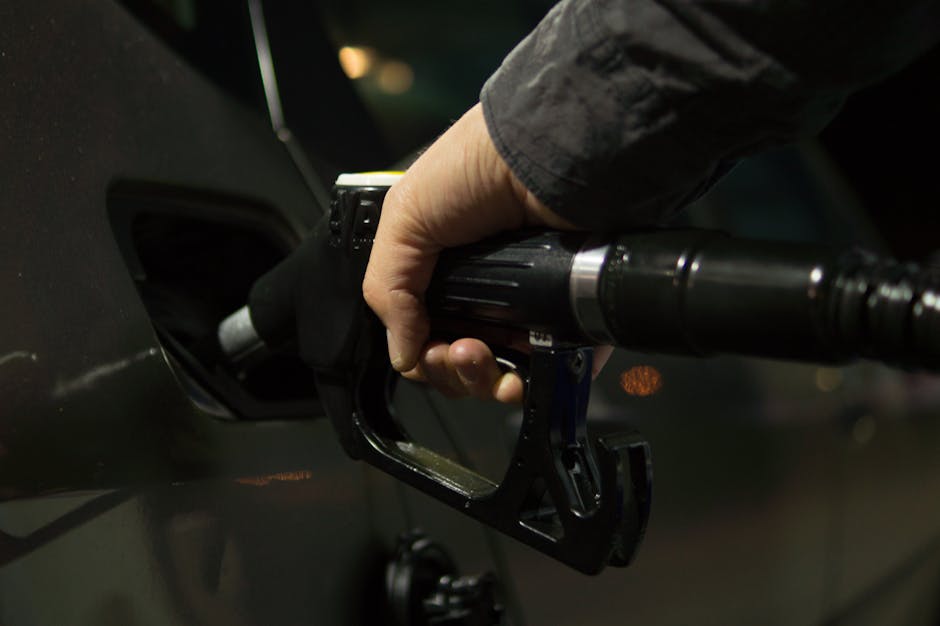Standard type
Ethanol and biodiesel mandates
Current Standard
27% blending of ethanol in gasoline (PROÀLCOOL)
Applicability
All road fuel
History
Bio-ethanol
The National Alcohol Program (PROÀLCOOL) was created by a Presidential Decree in 1975 in response to oil price spikes.
The percentage of ethanol blended in gasoline can vary from 18 to 25 percent according to the Provisional Measure #532 of April 2011. In 2011, the ethanol blend rate was dropped from E25 to E20 due to low availability. E25 was reinstated in June 2012, and in 2015 Brazil implemented a resolution required the blend of ethanol in gasoline to be 27%. Virtually all bio-ethanol in Brazil is produced from domestically-grown sugarcane.
Biodiesel
In December 2004, Brazil started the National Biodiesel Production and Use Program (Programa Nacional de Produção e uso do Biodiesel) (PNPB) to increase the uptake of biodiesel nationally. The program requires laws, executive orders, and other legal and normative measures to introduce the mandates, define the federal tax model for biodiesel, establish the conditions for the registration of producers and importers, and introduce many other measures to allow the program to achieve its objectives.
The Introduction of of Biodiesel in the Brazilian Energy Mix was passed in December 2005 as Law 11.097 (amending Law 9.478 of 1997) and mandated a minimum 2% biodiesel by 2008 and 5% by 2013. It also provided a broad definition of biodiesel that can be used to meet this mandate as a biofuel derived from renewable biomass for use in compression ignition engines that can partially or wholly substitute fuel of fossil origin.
In July 2006, ANP Resolution 15/2006 introduced a voluntary 2% biodiesel allowance into diesel fuel that remained in effect until the 2% mandate commenced in 2008.
The National Council of Energy Policy (Conselho Nacional de Politica Energética, CNPE) subsequently introduced a number of resolutions to realize the requirements of Law 11.097. Resolution #2 of March, 2008 set a 3% requirement as of July 2008; Resolution #2 of April, 2009 set a 4% requirement as of July 2009 and Resolution #6 of September, 2009 set a 5% requirement as of January 2010. In May 2014, the Minister of Mines and Energy announced that the biodiesel requirement will increase to 6% on July 1, 2014 and 7% on November 1, 2014. Those requirements have been updated to 8% in March of 2017, 9% in March of 2018, and 10% in March of 2019, with blends of up to 15% permitted.
Compliance
Brazil has generally met its standards for the consumption of 5% biodiesel in diesel and 20-25% bio-ethanol in gasoline. Actual consumption of bio-ethanol has been higher than the standard because in addition to blending in gasoline, some pure ethanol is consumed by flex-fuel vehicles and vehicles designed to run on only ethanol.
Sustainability Criteria
There are no environmental sustainability criteria in Brazil’s biofuel mandates. Greenhouse gas emission reduction levels are not considered, nor is indirect land use change.
Sugarcane ethanol, the most common type of bio-ethanol in Brazil, has been assessed to reduce GHG emissions by 61% under EPA’s Renewable Fuels Standard 2 and by 71% under the European Union’s Renewable Energy Directive, default value.
Soybean biodiesel, the most common type of biodiesel in Brazil, has been assessed to reduce GHG emissions by 57% under the Renewable Fuels Standard 2 and by 31% under the Renewable Energy Directive, default value.
Links
Regulatory Documents
National Council for Energy Policy and the National Petroleum Agency and other measures, Law 9.478 of 1997
The Introduction of of Biodiesel in the Brazilian Energy Mix (Law 11.097)
Diesel oil and blend diesel/biodiesel specifications, Resolution 15/2006
Additional Resources
- National Agency of Petroleum, Natural Gas and Biofuels (Agência Nacional do Petróleo, Gás Natural e Biocombustíveis, ANP)
- National Council of Energy Policy (Conselho Nacional de Politica Energética, CNPE)
- National Biodiesel Production and Use Program (Programa Nacional de Produção e uso do Biodiesel, PNPB)
- USDA GAIN report Brazil 2012


